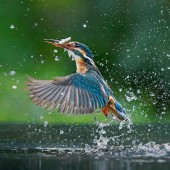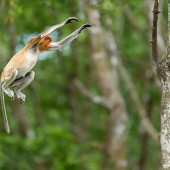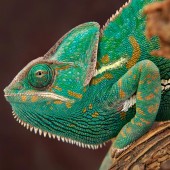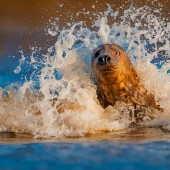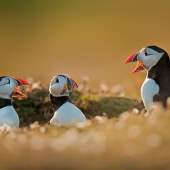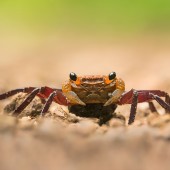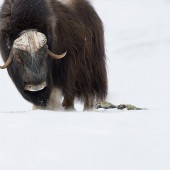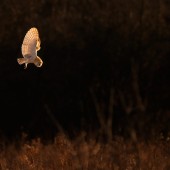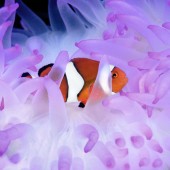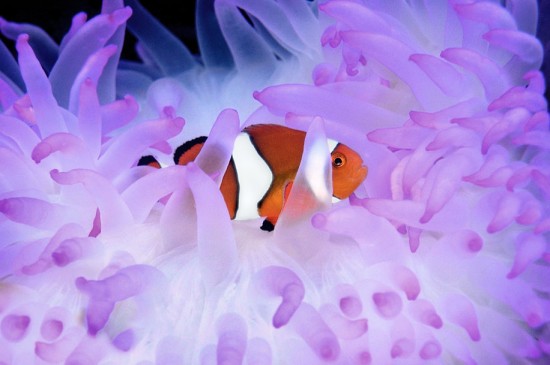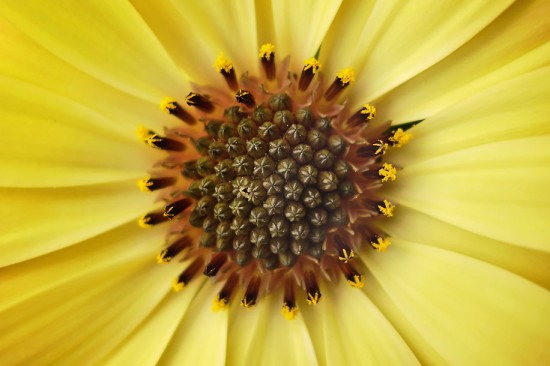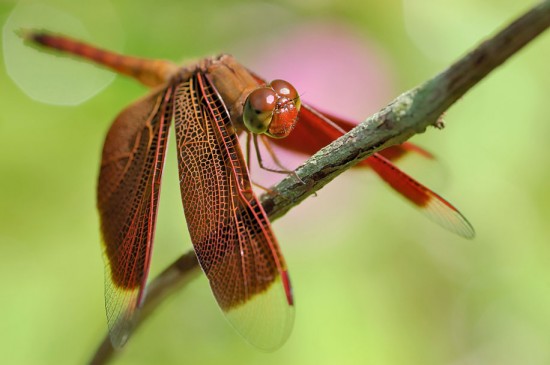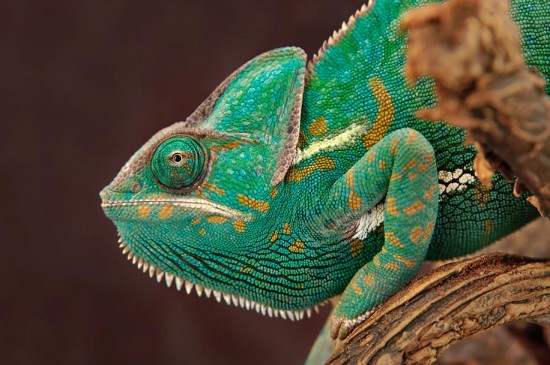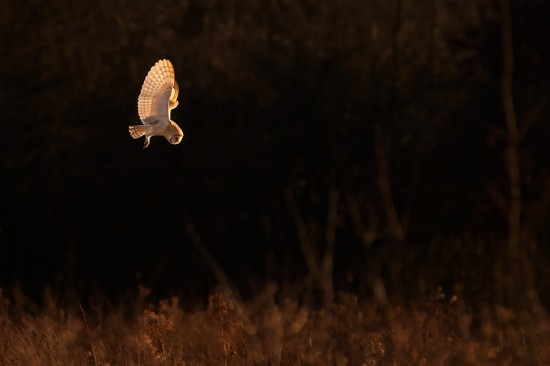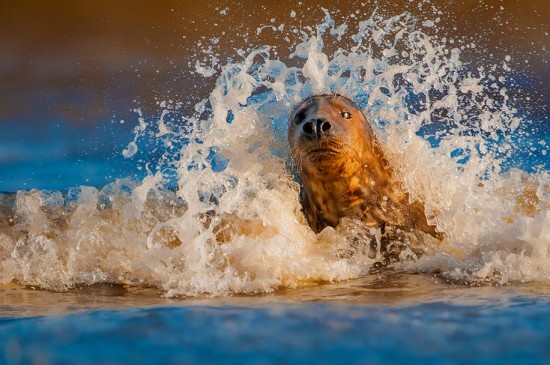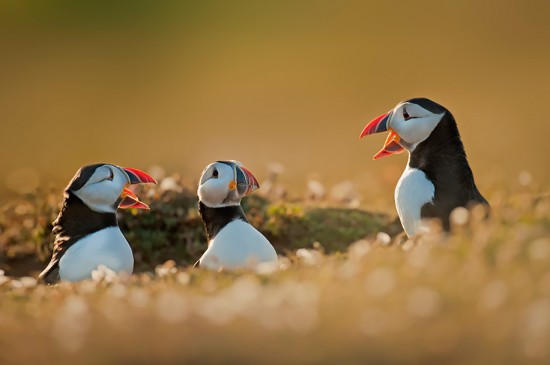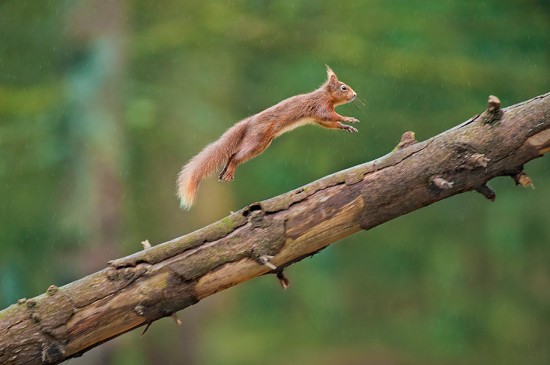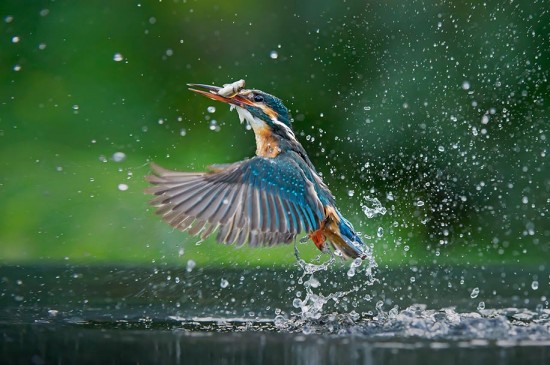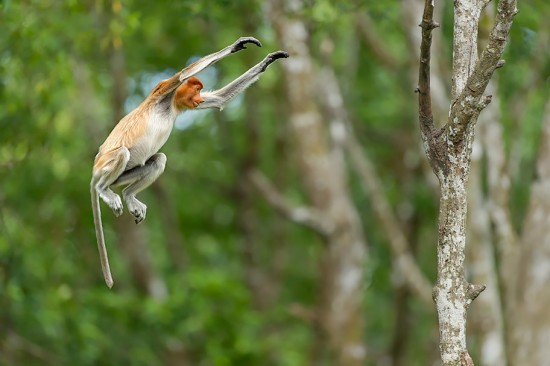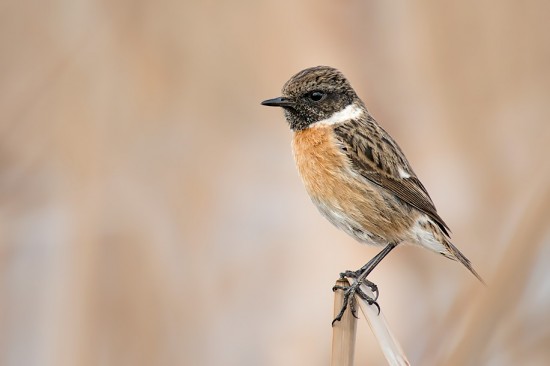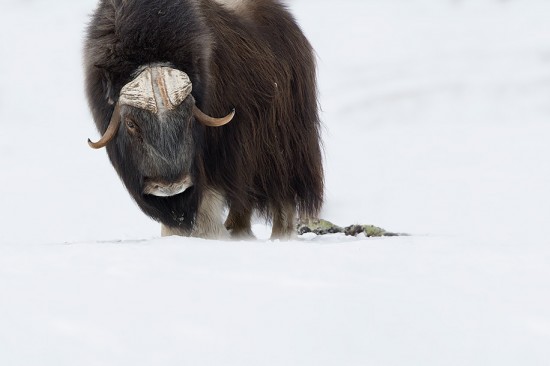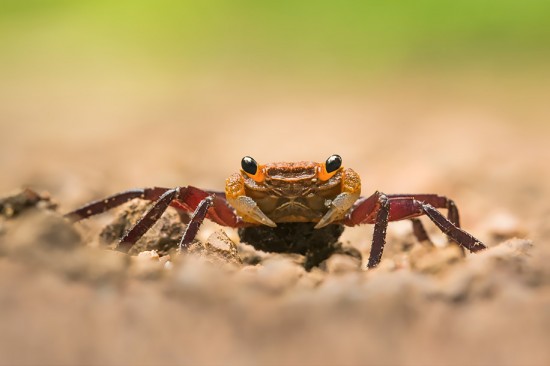An excellent guest post by Des Ong (website | Facebook | Instagram) on wildlife photography from Coolpix 4200 to D3s and every camera in between:
Hi, I’m Des Ong and I’m a full-time wildlife photographer based in the UK. I’ll come clean – I’ve not always been a Nikon photographer. The first three cameras I owned were in fact from the ‘lighter side’. The first being an old manual SLR camera my college tutor insisted we use.
Over the last decade, I’ve had the opportunity to use a number of Nikon cameras and I thought it would be interesting to share some of my experiences with you, and what I think of them.
Nikon Coolpix 4200
When digital cameras became more readily available, I traded what I had at the time for my first very first Nikon – a compact Coolpix 4200. This 4MP camera was a real game changer. Free from the constraints of film development costs and seduced by the newfound instant gratification of the digital medium, this was my most prolific period. Nothing escaped me. It was used to capture anything and everything from my newborn daughter to bugs and aquatic creatures. The image files were not clean and the video pretty shocking, but the contents were important to me, and I can capture images anytime, anywhere, and share my experiences easily. My wife still uses one, although this was bought used a few years ago after the original was damaged beyond repair.
The images below were made some years ago with my trusty Coolpix 4200:
Nikon D50
While I was working for a growing company as a Product Manager, I bought the D50 for our new, in-house photo studio. Together with a set of studio flash, we shot literally thousands of images for product development and marketing purposes. I was so impressed with the quality of the images that I went out and bought one for my personal use. This was no easy decision. At that time, there was only a small handful of DSLR available, and they were very expensive. Although I rarely use it now, it still puts a smile on my face when I see how beautifully clean the files are at ISO1600, which is its highest ISO setting. The metal casing still feels as solid as the day I bought it.
Tamron used the following two of my images for their ads promoting the 90mm macro, which was the only lens I owned at the time with this body. This was of course the previous version without the VC. For such an affordable price it was a very sharp lens.
Nikon D300
The D300 was a replacement camera for my D80, which I only had for a short period before it was accidentally dropped in the pond while trying to photograph a damselfly emerging.
I loved the handling of this body. It was robust and fast for the things I like to photograph, when the light was good. By this time, I was submitting my images to stock agencies and magazines, and I had become more critical of my own work. The one situation where I struggled was shooting in low light. I found it difficult to lock focus, and the files were noisy above ISO800 in these situations.
For fast-action and/or low-light work like the ones below, I found the D300 difficult to get good results consistently.
Nikon D700
I traded the D300 for my first full-frame sensor body, the D700, specifically to be able to work in low lighting conditions. At the time, it was woodland European Badgers.
The D700 has enabled me to work in situations I couldn’t previously have imagined possible. I changed from limiting myself to using ISO setting of no higher than 800 with the D300, to shooting no less than ISO400 and only stopping at 3200. It was a revelation, and opened up a whole new world of possibilities for my wildlife images. The viewfinder was bright and I could concentrate on the contents again without worrying too much about what the files would look like at high ISOs.
Nikon D3s
This is my workhorse. It is my go to, come rain or shine, in the snow or in a tropical rainforest, body. Compared to the D700, it gave me a couple more stops in the ISO department, and better AF. There are other smaller improvements but the aforementioned are what’s important to me as a wildlife photographer. I also like the small manageable file size. I know it’s modest compared to many of the current DSLR but the files are beautiful and I’ve had no complaints from clients whatever size they wish to print at. It is head and shoulders beyond anything else I’ve used, including some newer models I mention below.
Nikon D800e
This was a loaner from Nikon UK, for a project I was working on in Spain. I thought I would really love this camera and possibly acquire one as a back-up body but in truth I didn’t get on with it. I felt that it was unnecessarily pixel-heavy and operationally just didn’t feel right. I was also expecting the files to be ultra beautiful after reading the many glowing reviews, but I still found the D3s files to be sharper and more, for much of a better word, ‘alive’. It’s something that I struggle to describe as my observations were non-scientifically measured. I wasn’t even shooting the same scene side-by-side. But when I got home and looked at the images from both cameras, I much prefer the D3s files. A fellow photographer recently wrote an article that mirrored much of my findings/feelings at Photography Life, although he was comparing it to the D4s.
Now I’m not saying one camera is better than the other, but the D3s remains my favorite. I know other photographers that love the D800e and continue to produce great work using this camera.
Nikon D7100
This was another camera that Nikon UK kindly lent me for review. I used it on my recent trip to Norway, working on the Nordic icon – the Musk Ox.
I was surprised at how much I liked this camera. It was light and compact, and the key functions were easy to get to. The files looked nice despite the high pixel counts. Combined with the 80-400mm (latest model), it enabled me to make a great variety of shots in this harsh environment.
There was only one aspect of this body that I didn’t like – the buffer/write speed. Once filled, it takes forever to recover. When working with wildlife in action (and I’d imagine in sports too), you never know when the magic moment is going to present itself, and having only a one second burst is crippling. Still, a surprisingly good camera and a really good price.
Nikon D5200
I bought this camera when my D3s gave up, halfway during one of my tours to Borneo. It was a while since I last used an entry-level body, and I was pleasantly surprised at how capable this little camera performed.
The features were not so easy to access and most were menu driven, and I’m not so sure that it will withstand more than a couple of weeks of use in the wet and humid rainforest. But for the price, I really couldn’t have asked for more. I especially liked the articulated screen, which enabled me to photograph this minute, endemic, jungle-crab at ground level, something that my D3s couldn’t do with its bulky handgrip.
You can see more of my work on my website here. I’m a social media Luddite. Although I joined Facebook back in 2012, I have only begun posting regularly since last September. If you enjoy viewing images of wildlife, do stop by and say hello. And as of a few days ago, I’m now on Instagram (whoop, whoop). Whatever next!
If you have an interesting idea for a guest post, you can contact me here.
